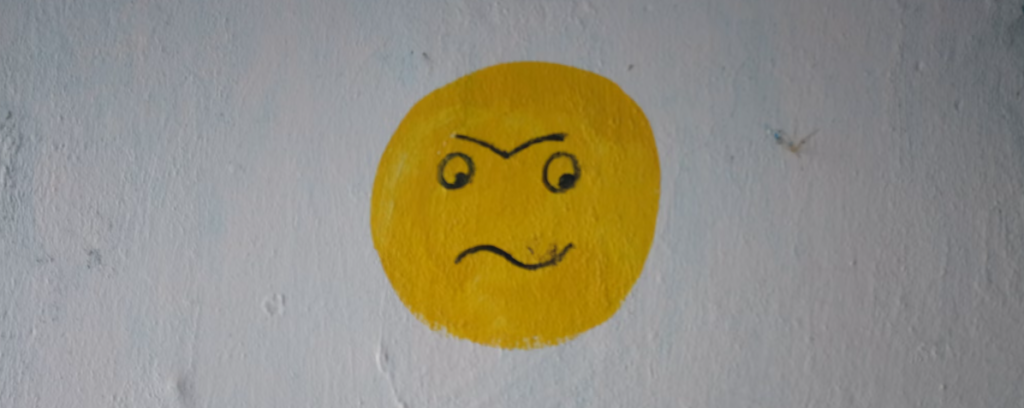
What happens when you’re rejected from a job? Most people never find out. That one-sentence email—“We’ve decided to move forward with other candidates”—can feel like the end of the road, but it rarely tells the full story.
In reality, your application often stays in the system, is reviewed again later, or is tagged for future roles. Understanding what happens behind the scenes can help you reapply strategically, keep moving, and bounce back faster.
What Happens When You’re Rejected in an ATS?
Your resume lives in an Applicant Tracking System (ATS)—tools like Workday, Lever, and Greenhouse that help recruiters manage candidates.
After rejection:
- You’re tagged as “Rejected,” but often retained. ATS platforms like Lever and Greenhouse let recruiters build pipelines of previously rejected but promising candidates.
- Your application might be deleted after a retention period—usually 6–12 months, depending on company policy.
- You may be flagged for future roles, especially if you were a top contender. Workday Recruiting lets recruiters tag and resurface past candidates proactively.
So, what happens when you’re rejected isn’t always final. You might be on a recruiter’s radar longer than you think.
What Recruiters Do After You’re Rejected
Depending on how far you made it:
- Rejected early? Your profile is logged but rarely reviewed again unless you’re a great fit for a new role.
- Rejected post-interview? Recruiters often leave internal feedback and scoring notes—visible to future hiring managers.
- Finalist but not selected? You might be tagged as a “silver medalist” or added to a talent pool. This makes you a priority for future openings.
Recruiters don’t just forget about top candidates—they often revisit those profiles when a similar role becomes available.
Read more on: A Day in the Life of a Recruiter: What Job Seekers Need to Know
Can You Reapply After Rejection?
Yes—but don’t rush back in without a strategy.
Reapplying for the same job
Wait at least 3–6 months, especially if the job hasn’t changed. Some companies (like Amazon and Google) have internal cooldowns preventing repeat applications for the same role within a certain time frame.
Applying for a different job
Go ahead—especially if it aligns better with your background. Just make sure your application clearly shows why you’re a better fit for this role.
Check out Forbes’ guide on how to reapply effectively without looking desperate.
Does Rejection Mean You’re Done for Good?
Definitely not.
You may have been rejected because:
- Another candidate had niche experience
- The team needed to hire internally
- The role requirements changed
- Budget was cut or frozen mid-process
Recruiters know that hiring is situational. That’s why what happens when you’re rejected is often just a temporary pause—not a permanent closed door.
What Should You Do After a Rejection?
Here’s how to handle the rejection like a pro:
- Send a thank-you: If you interviewed, thank the recruiter or interviewer. It leaves a strong final impression.
- Request feedback (if possible): Not all recruiters can share it, but when they do, it’s gold.
- Connect on LinkedIn: A brief, friendly message keeps the door open.
- Keep applying: Don’t stop at one opportunity. Keep your pipeline full.
- Reflect and recalibrate: Use each experience to improve your resume, interview technique, or application strategy.
What Happens When You’re Rejected Can Still Work in Your Favor
Rejection hurts—but it doesn’t erase your progress. Your name, profile, and interview notes might still be in the system. If you impressed the recruiter, they may call you back months later.
So don’t take it personally. Learn what you can, keep improving, and stay in the game. The right opportunity might be closer than you think.
Read more on: How Long Does It Take to Hear Back After a Job Interview? Real Timelines Explained
